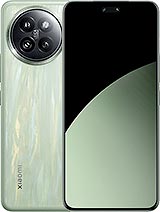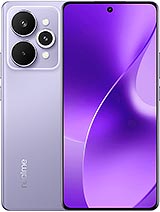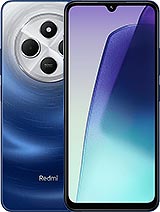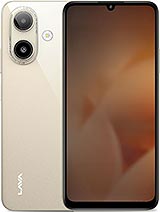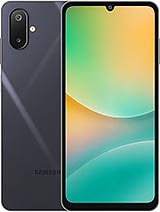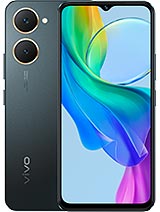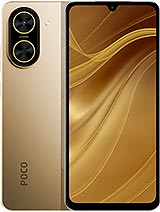iQOO Neo 10 alternatives
Tap above to see alternatives.
Lava Yuva 4 4G alternatives
Tap above to see alternatives.
iQOO Neo 10

iQOO Neo 10
-
Snapdragon 8s Gen 4
4 nm
-
7000 mAh
120W
-
6.78"
1260 x 2800 pixels
-
50 MP
4K@30/60fps
-
Specs

Lava Yuva 4 4G

Lava Yuva 4 4G
-
Unisoc T606
12 nm
-
5000 mAh
10W
-
6.56"
720 x 1612 pixels
-
50 MP
1080p@30fps
- Specs
1x3.21 GHz Cortex-X4
3x3.0 GHz Cortex-A720
2x2.8 GHz Cortex-A720
2x2.0 GHz Cortex-A720
2x1.6 GHz Cortex-A75
6x1.6 GHz Cortex-A55
8GB 256GB (UFS 4.1)
12GB 256GB (UFS 4.1)
16GB 512GB (UFS 4.1)
4GB 128GB (UFS 2.2)
Sony IMX882, f/1.8, (wide), 1/1.95", 0.8µm, multi-directional PDAF, OIS
8 MP
GalaxyCore GC08A3, f/2.2, (ultrawide)
(wide), AF
VGA
Auxiliary lens
1080p
GalaxyCore GC32E1, f/2.5, (wide)
gyro-EIS
SIM1: Nano, SIM2: Nano
SIM1: Nano, SIM2: Nano
12 5G bands
n1, n3, n5, n7, n8, n20, n28, n38, n40, n41, n77, n78
In this performance comparison, the iQOO Neo 10 with its Qualcomm Snapdragon 8s Gen 4 (4nm) performs better than the Lava Yuva 4 4G with the Unisoc Unisoc T606 (12nm), thanks to superior chipset efficiency.
iQOO Neo 10 offers 3 years of OS updates, whereas Lava Yuva 4 4G provides 1 years. For security updates, iQOO Neo 10 offers 4 years of support compared to Lava Yuva 4 4G's 2 years.
iQOO Neo 10 features a superior AMOLED display, while Lava Yuva 4 4G comes with an LCD panel. In terms of smoothness, iQOO Neo 10 offers a higher 144 Hz refresh rate, ensuring fluid scrolling and animations. Both devices deliver the same brightness level at nits. Notably, iQOO Neo 10 offers a higher screen resolution, resulting in sharper visuals and more detailed content.
iQOO Neo 10 comes with a larger 7000 mAh battery, which may offer longer usage on a single charge. iQOO Neo 10 also supports faster wired charging at 120W, compared to 10W on Lava Yuva 4 4G.
iQOO Neo 10 includes an IP65 rating, while Lava Yuva 4 4G lacks an official IP rating.
- iQOO Neo 10 – Check price here
¹ Scores can vary even with the same chipset due to RAM, thermals, and software optimization.




